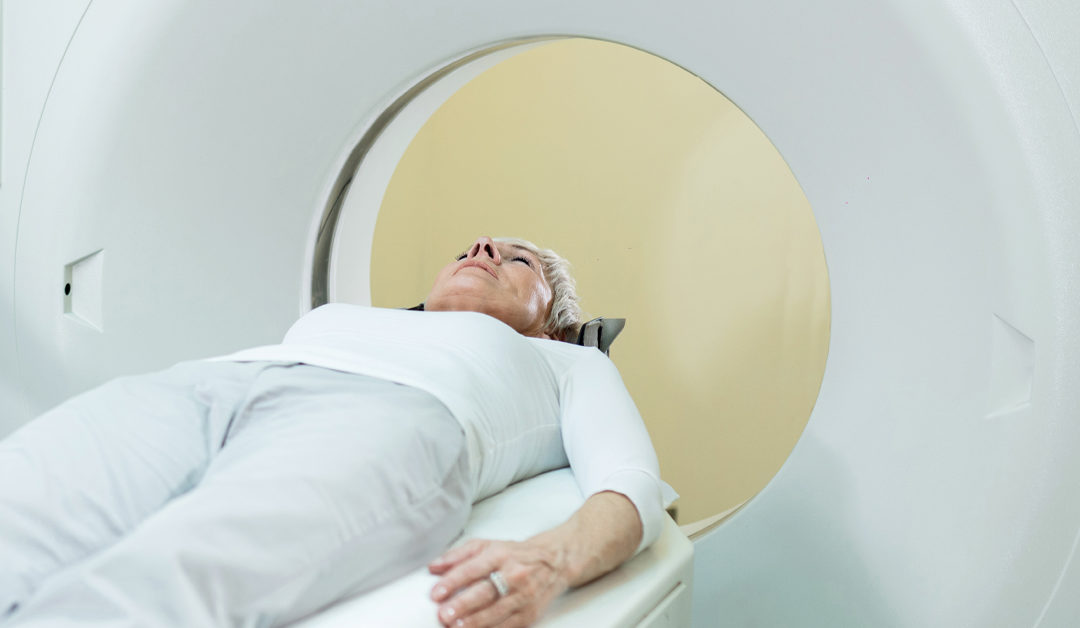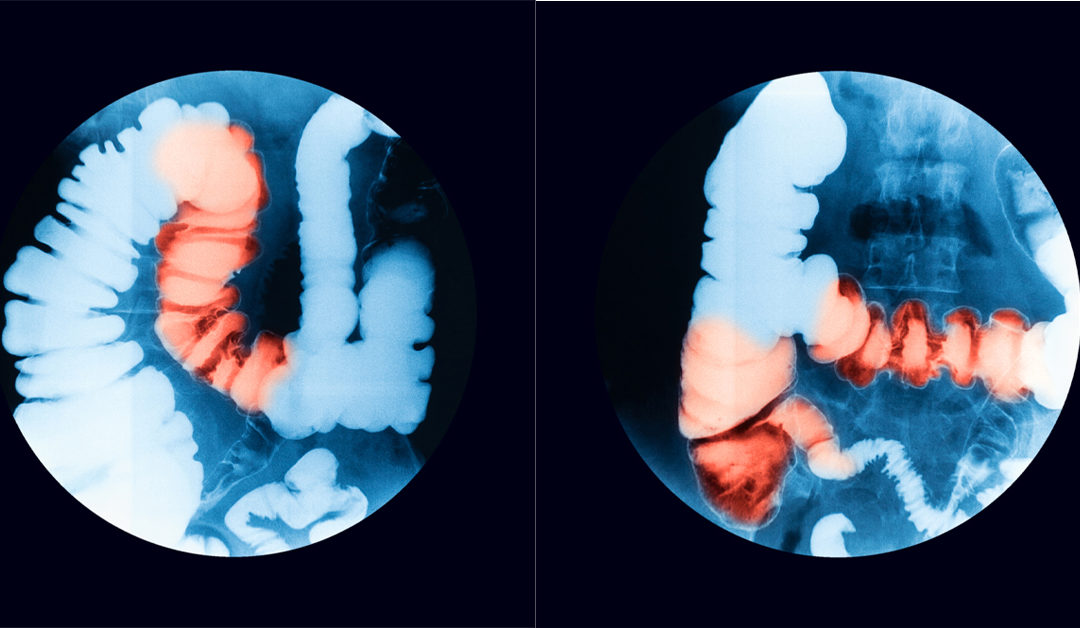
by Lisa Anderson | Apr 9, 2021 | Diagnostic Imaging, Services
Diagnostic Imaging At McKenzie-Willamette Medical Center, diagnostic imaging is used to create a graphic depiction of the structures and functions of the body’s organs and other internal systems. These images are used to examine and diagnose certain medical...

by Lisa Anderson | Sep 23, 2021 | Diagnostic Imaging
CT Scanner McKenzie-Willamette Medical Center has two state of the art CT scanners. Thanks to CT scanning (computed tomography, often called a “CAT” scan) doctors can view a “slice” of the human body painlessly. Often used to diagnose life-threatening conditions and...

by Lisa Anderson | Sep 23, 2021 | Diagnostic Imaging
Fluoroscopy Sometimes doctors need to see more than a still image to diagnose or treat a problem. Fluoroscopy is a test that uses a steady beam of x-rays (like a movie) to look at parts of the body and movement within the body, such as blood moving through a blood...

by Lisa Anderson | Sep 23, 2021 | Diagnostic Imaging
Magnetic Resonance Imaging (MRI) It’s clear—precision is important during diagnosis. Of all imaging technologies, MRI or Magnetic Resonance Imaging gives doctors the clearest, most precise image of the inside of the body. It’s sophisticated, and uses a strong magnetic...

by Lisa Anderson | Sep 23, 2021 | Diagnostic Imaging
Pediatric Imaging To help with a diagnosis, your child’s provider may order an imaging study like an x-ray or ultrasound. While some of these scans are quick and easy, others may prove more of a challenge for children because they require the patient to lie very still...

by Lisa Anderson | Sep 23, 2021 | Diagnostic Imaging
Ultrasound McKenzie-Willamette Medical Center uses ultrasound as a painless, non-invasive way to diagnose a variety of diseases and conditions without the use of radiation, making this a widely used procedure during pregnancy. Sometimes called sonography, ultrasounds...







